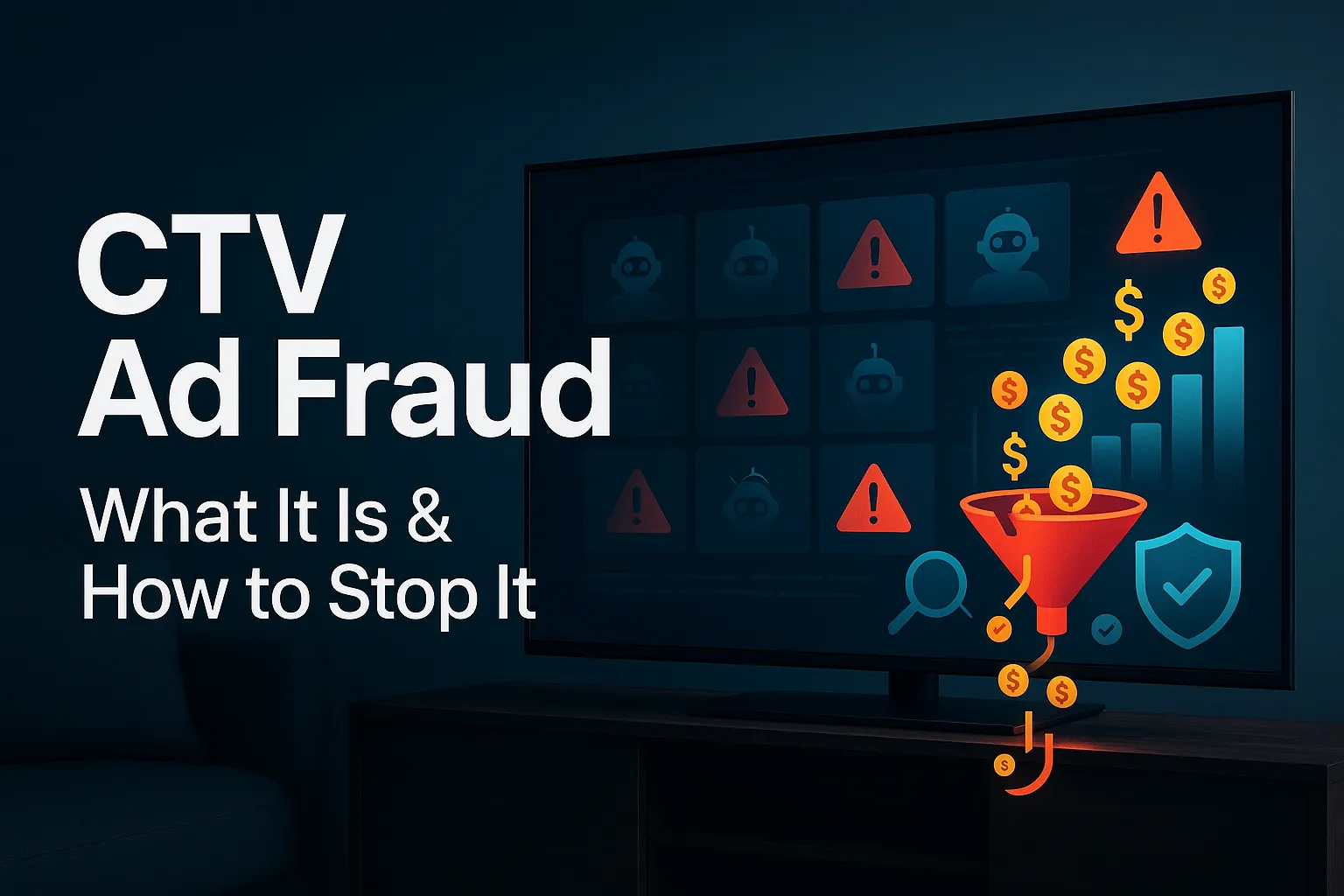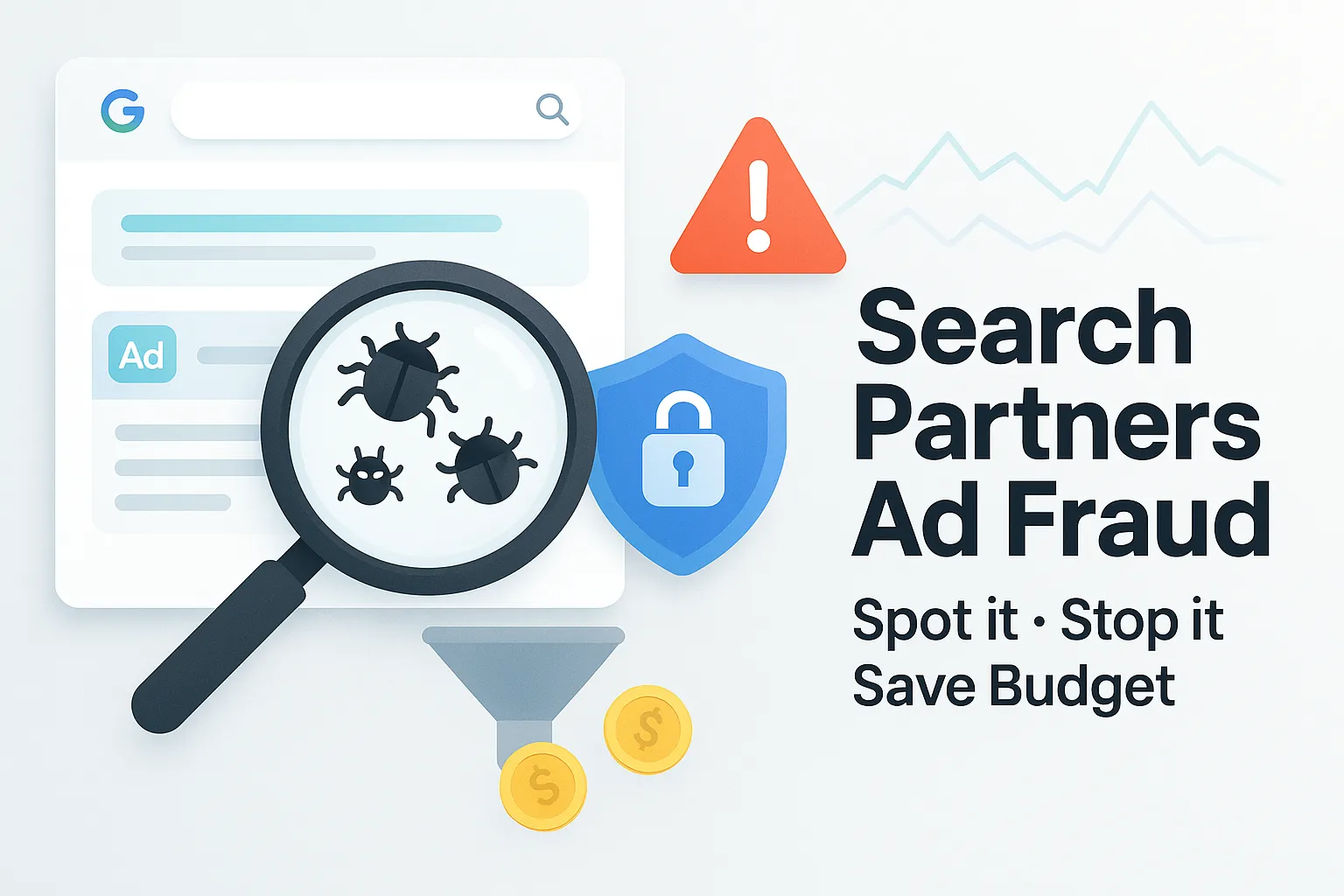What is SIVT? Understanding Sophisticated Invalid Traffic and How to Combat It

Introduction to SIVT
Definition of Sophisticated Invalid Traffic (SIVT)
Sophisticated Invalid Traffic (SIVT) refers to fraudulent or artificial online activity that is difficult to detect using conventional filtering methods. Unlike General Invalid Traffic (GIVT), which includes easily identifiable sources such as known bots and data center traffic, SIVT involves deceptive tactics that mimic real user behavior. This makes it significantly harder to identify and block without specialized fraud prevention tools.
How SIVT Differs from General Invalid Traffic (GIVT)
The main distinction between SIVT and GIVT lies in complexity and detection difficulty:
The Impact of SIVT on Digital Advertising and Security
SIVT significantly affects digital advertising, leading to:
- Wasted Ad Spend: Advertisers pay for fraudulent impressions, clicks, or conversions.
- Skewed Analytics: Invalid traffic distorts campaign performance metrics.
- Brand Reputation Risks: Ads may appear on fraudulent or inappropriate websites.
- Security Threats: Malware-driven SIVT can lead to data breaches and unauthorized access.
Advertisers and businesses need robust fraud detection solutions to combat these threats effectively.
Types of SIVT and How It Works

Ad Fraud Tactics Used in SIVT
Botnets & Malware: Automated Traffic That Mimics Human Behavior
Cybercriminals use networks of infected devices (botnets) to generate fake traffic that behaves like real users, clicking on ads and interacting with websites.
Ad Stacking & Pixel Stuffing: Manipulating Ad Placements to Generate Fake Impressions
- Ad Stacking: Multiple ads are layered on top of each other, registering impressions even though only the top ad is visible.
- Pixel Stuffing: Ads are placed in tiny, invisible pixels, inflating impression counts fraudulently.
Cookie Stuffing & Click Injection: Illegitimately Attributing Conversions to Fraudulent Sources
- Cookie Stuffing: Extra tracking cookies are inserted into users’ browsers to falsely claim conversion credit.
- Click Injection: Malware-infected apps trigger fake ad clicks just before a legitimate action occurs, stealing attribution credit.
Domain Spoofing & Fake Sites: Deceiving Advertisers by Impersonating Premium Publishers
Fraudsters create fake versions of legitimate websites to trick advertisers into buying ad space, believing they are targeting high-quality audiences.
How SIVT Evades Detection
Fraudsters use various tactics to bypass traditional detection methods, such as:
- Human-like bot behavior: Bots mimic real interactions, including scrolling and filling out forms.
- IP masking: Using VPNs, proxies, and data centers to hide fraudulent traffic origins.
- Device spoofing: Faking browser and device information to appear as real users.
- Traffic blending: Mixing real and fake traffic to avoid triggering fraud detection alarms.
The Consequences of SIVT

Financial and Reputational Damage
- Ad Budget Waste: SIVT drains marketing budgets by diverting spending to fraudulent sources.
- Distorted Performance Metrics: Invalid traffic corrupts campaign analytics, making optimization difficult.
- Brand Safety Issues: Ads may appear on low-quality or harmful sites, damaging credibility.
The Role of Industry Standards in Fighting SIVT
To combat SIVT, the industry follows strict guidelines:
- MRC (Media Rating Council): Provides standards for identifying and filtering invalid traffic.
- Pixalate, Integral Ad Science, and DoubleVerify: Offer verification tools to detect and prevent fraud.
- IAB’s ads.txt & app-ads.txt: Helps ensure ads are purchased only through authorized sellers.
Preventing and Mitigating SIVT
Advanced Fraud Detection Strategies
- Real-time monitoring & behavioral analysis: Detects unusual traffic patterns.
- Multi-layered verification: Combining log analysis, domain verification, and other fraud prevention techniques.
Best Practices for Advertisers and Businesses
- Implement ads.txt & app-ads.txt: Ensures ads are placed through authorized partners.
- Use fraud prevention tools like Spider AF: Helps identify and block SIVT threats.
- Conduct regular audits: Checking traffic logs and campaign data for anomalies.
The Future of SIVT Prevention
- Improved detection techniques: Fraud detection tools will continue evolving to combat new threats.
- Stronger industry collaboration: Ad tech companies and regulatory bodies are working together to set stricter fraud prevention standards.
- Regulatory enforcement: Governments may introduce stricter laws against digital ad fraud.
Conclusion
SIVT poses a serious challenge to advertisers, leading to wasted budgets, inaccurate analytics, and security risks. Businesses must adopt proven fraud prevention strategies, implement industry best practices, and continuously monitor traffic sources to mitigate risks.
Solutions like Spider AF provide advertisers with tools to detect and prevent SIVT, ensuring transparency and maximizing campaign efficiency. By staying informed and proactive, businesses can protect their digital advertising investments from fraudulent activity.
Start a free trial of Spider AF now! It only takes a few minutes, and no credit card or payment info is required. Simply click here to sign up: https://spideraf.com/sign-up






















